Bushfires are made up of multiple fires and can be very unpredictable. You must make contact with emergency services and follow their instructions at all times – do not go off by yourself. Do not get close to the fire if it is unsafe. Wind directions can change quickly so make sure you keep up to date with weather forecasts. Ensure you have good comms in place and somebody knows where you are at all times.
Personal Protective Equipment
It is highly likely that you won’t be allowed to get close to the bushfires without having the appropriate PPE. This list of PPE is dependent on which state you are visiting but it will probably look something like this:-
- Proban-treated yellow media wildfire jacket and pants
- Yellow helmet with the word 'Media' on the side
- Gloves
- Goggles
- Sturdy, high ankle footwear
- A face mask.
There are for this kit but it is now known that it is quite difficult to get now and you may want to source it all before you go. Try contacting the Safety Equipment Stores SafetyEquipmentStores@bbc.co.uk to see what they can help with.
Kit List
In addition to the above PPE it is advised that you take the following with you:-
- Water – and lots of it. The temperatures are expected to be very high in the coming weeks and you will need to drink more than 2L per day to stay hydrated.
- Food supplies. Many communities have been cut off by road and you will need to take your own supplies with you.
- First aid kit (including a burns kit)
- Sun cream and sun hat
- A portable radio and batteries
- A torch and batteries
- Woollen blankets
- All of your clothing should be made out of natural fibres. Things that are good include long sleeve cotton shirts, jeans, woollen jumpers and socks. Do not wear fleece, gortex or synthetic fibres.
- Petrol – petrol is running low in some areas. So try to keep the tank full and fill up when you can. Diesel is being kept for fire trucks only in some areas.
Risk Assessment
You will need to complete a production risk assessment if deploying to the Australian Bushfires. This can be found here -
You will need to include details of where you are staying, your local fixer/contacts, call in procedure etc.
In Need of Medical Assistance?
In case of a medical emergency overseas, please contact Healix International. The 91�ȱ� dedicated number is: (44) (0)20 800 80111
Smoke Inhalation
- Long term problems are unlikely from short term exposure but there are things you can do to limit the exposure.
- Using a good quality particulate face mask like the FFP3 (available from Safety Equipment Stores SafetyEquipmentStores@bbc.co.uk).
- The smoke can also irritate eyes. So consider goggles to help with this. Also eye drops (over the counter type from Boots) will also help.
- Do not deploy those with existing respiratory conditions.
- No one should feel forced to cover the story if they have misgivings about smoke inhalation.
- If people have ongoing symptoms when they return to the UK then their manager should refer them to Occupational Health.
What to do if you get caught in a bushfire while in the car
- If you can, U-turn to safety and leave the area
- Do not get out and run - stay in the vehicle
- Park in a large clear area, away from trees and long grass
- Turn on headlights and hazard lights
- Close windows and vents. Get below window level
- Cover exposed skin with a dry woollen blanket
- Cover windows with a woollen blanket too if possible
- Wear dry, natural fibre clothing
- When the fire has passed, get out of the car.
What to do if you get caught in a bushfire
- Try and move towards built up areas and towns.
- Try to locate your nearest Neighbourhood Safe Place
- If you’re unable to shelter in a building – as a last resort options include:-
- In the middle of a large open area like a ploughed paddock or football field
- Behind a rocky outcrop or high wall, in a cave, gully or large animal burrow
- Get into a large body of water like a dam, lake, ricer or underground swimming pool (not an above ground one).
- And try to protect yourself from the fires heat with dry natural fibres
- Avoid slopes and hill tops - avoid being above a fire.
Mental Health
Don’t forget to look after your mental health and those of others. Covering any natural disaster can be traumatic. There’s a range of information, guidance and contacts on the 91�ȱ� News Trauma site -
Feel free to contact EAP 24 hours a day, all year round on 0800 042 0140 or +1 312 535 3119 internationally.
The Dart Centre have also compiled a helpful list of resources and tips for covering the Australian Bushfires here:-
For further advice, please contact the 91�ȱ� Safety Advice Line Safety@bbc.co.uk or Safety High Risk SafetyHighRisk@bbc.co.uk
Australian Bushfires - Safety Sheet
-
[91�ȱ� Network only]
Fire topics
-
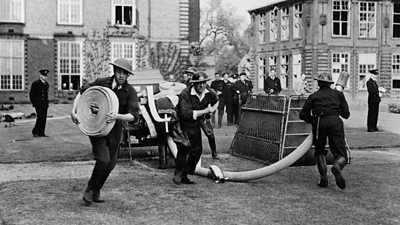
Building Fire Manual
Sets out the recommended contents of a building fire manual to be kept in each premises. -
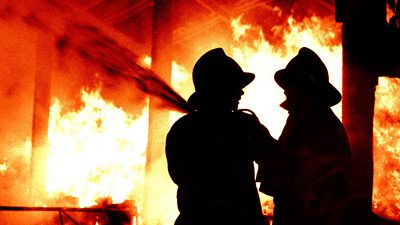
Fires - Buildings and Bushfires
A guide to deployments of journalists and crew to large building fires and bushfires. -

Fire Precautions for Studios
Guideline describing the main fire safety issues to consider when working in studios, including fire treating of sets, audience seating, cooking risks and smoking on set. -
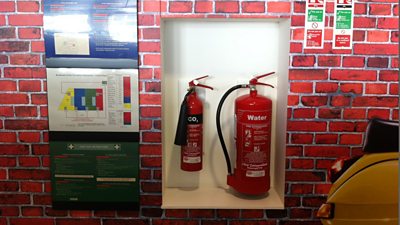
Fire Prevention Principles
The most important element of Fire Safety is fire prevention -
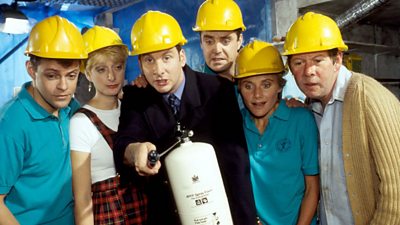
Fire Safety in 91�ȱ� Buildings
A summary of the way that fire safety is managed in 91�ȱ� Buildings and the individual’s role in the management of fire. -
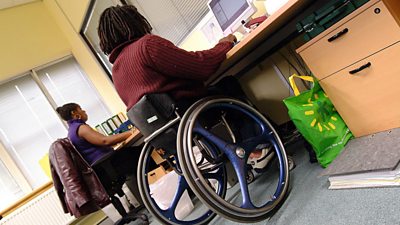
Personal Emergency Evacuation Plan (PEEP)
Guideline describing the measures to take to ensure those who need it can get assistance to evacuate a premises during a fire or other emergency.
More from SSR
-
Your platform to record accidents, risk assessments, assurance monitoring and inspections
-
Safety Equipment Stores
Just one number to call: 020 3614 5155 -
91�ȱ� Safety Guidelines
An A-Z of 91�ȱ�'s Health and Safety Guidelines -
Safety Advice Line: 0370 411 0464 Email: safety@bbc.co.uk
Events guidance - key links:
- Exhibitions
- General Guidance
- Indoor Location Recce Checklist
- Outdoor Location Recce Checklist
- Major Incidents & Emergency Planning
- Marketing and Promotional
- Noise Exposure
- Planning and Management
- Responsibilities
- Responsibilities Form
- Laser Lighting Effects
- Strobe Lighting
- Temporary Stages and Rostra
Health topics - key links:
- (91�ȱ� network only)
- Contributors Fitness to Participate
- Display Screen Equipment (DSE)
- (91�ȱ� network only)
- First Aid and Welfare on Location
- International Travel - Risks & Health
- Manual Handling
- Mental Health: 91�ȱ�page
- (91�ȱ� network only)
- Personal Health and Wellbeing
- Pregnancy
- Psychological Trauma Support & Trauma Risk Management (TRiM)
- Tiredness and Fatigue
- Travel Health Contacts
91�ȱ� High Risk - key links:
- CBRN and Industrial Spills
- Covert Filming
- Crisis Management and Security Support
- Demonstrations, Protests and Crowds
- Disaster Coverage
- Door Stepping
- (91�ȱ� network only)
- (91�ȱ� network only)
- Public Order
- Safety Equipment Stores
91�ȱ� Journalism - key links:
91�ȱ� Productions - key links:
- Aerial Filming and Airfields
- Animals: Displaying and handling for performance
- Boats: Working on
- Children and Young People
- Driving
- Electrical Equipment and Systems
- First Aid and Welfare on Location
- Food Safety (Cooking and Catering)
- Remote Location Working
- Roads and Streets: Working by
- Security of Productions on Location
- Stunts
- Tiredness and Fatigue
- Unmanned Aerial Systems (UAS aka Drones)
- Vehicles: Recording in, from and around
- Working at Height: Mobile Elevating Work Platforms
- Working at Height: Tower Scaffolds
91�ȱ� Radio - key links:
- (91�ȱ� Network only)
91�ȱ� Security - key links:
91�ȱ� Sport - key links:
About this site
This site describes what the 91�ȱ� does in relation to managing its health, safety and security risks and is intended for those who work directly for the 91�ȱ�.
It is not intended to provide instruction or guidance on how third parties should manage their risks. The 91�ȱ� cannot be held liable for how this information is interpreted or used by third parties, nor provide any assurance that adopting it would provide any measure of legal compliance. More information
Some links on this site are only accessible when connected to the 91�ȱ� network
